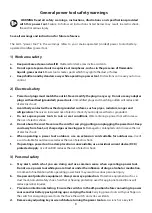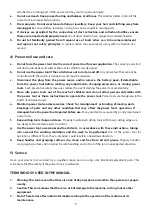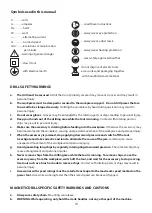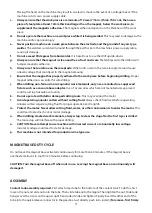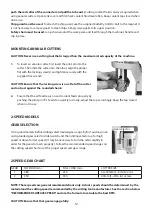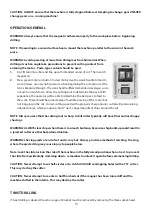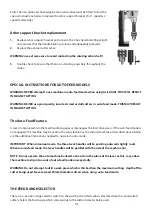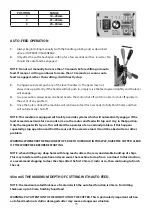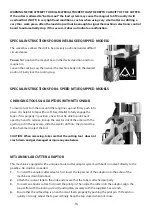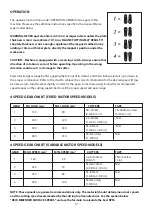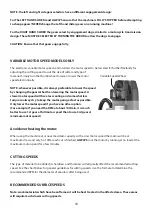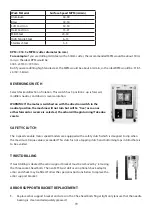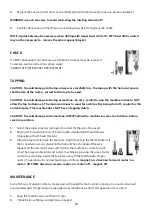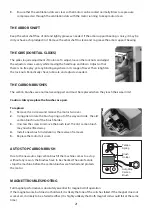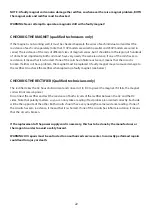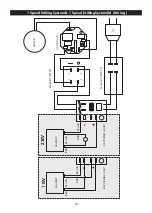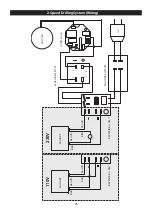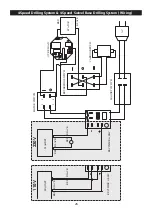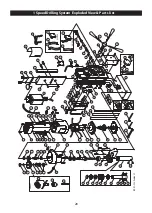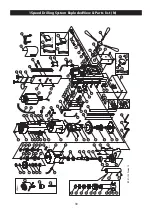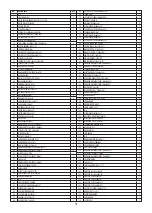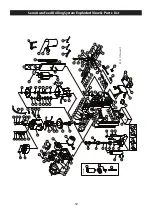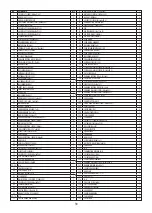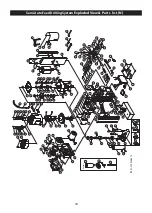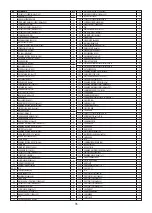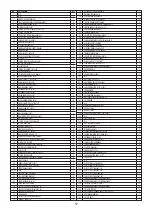
22
NOTE: A faulty magnet coil can also damage the rectifier, so whenever there is a magnet problem, BOTH
the magnet coils and rectifier must be checked.
WARNING: Never attempt to operate a magnetic drill with a faulty magnet!
CHECKING THE MAGNET (qualified technicians only)
If the magnet is not working well, it must be checked. Separate the wires of each indiviual coil and test the
resistance of each coil separately. (note that 110V models are wired in parallel and 230V models are wired in
series) The resistance of the coils of different sizes of magnets varies, but it should be in the region of hundreds
of ohms. Most importantly, both coils must have very nearly the same resistance. If one of the coils has zero
resistance, it means that it is shorted. If one of the coils has infinite resistance, it means that the circuit is
broken. If either coil has a problem, the magnet must be replaced. A faulty magnet may also cause damage to
the rectifier. Also check the rectifier when replacing a faulty magnet. (see below)
CHECKING THE RECTIFIER (Qualified technicians only)
The rectifier takes the AC household current and converts it to DC to power the magnet. If it fails, the magnet
coils will not receive power.
Disconnect the rectifier and test the resistance of both circuits of the rectifier between the AC and the DC
sides. Note that polarity matters, so you can only take a reading if test probes are oriented correctly. Each side
will be the opposite of the other. Both circuits should have very nearly the same resistance reading. If one of
the circuits has zero resistance, it means that it is shorted. If one of the circuits has infinite resistance, it means
that the circuit is broken.
If the replacement of the power supply cord is necessary, this has to be done by the manufacturer or
their agent in order to avoid a safety hazard.
WARNING: All repairs must be entrusted to an authorized service center. Incorrectly performed repairs
could lead to injury or death.
Содержание MD120/4
Страница 44: ......

